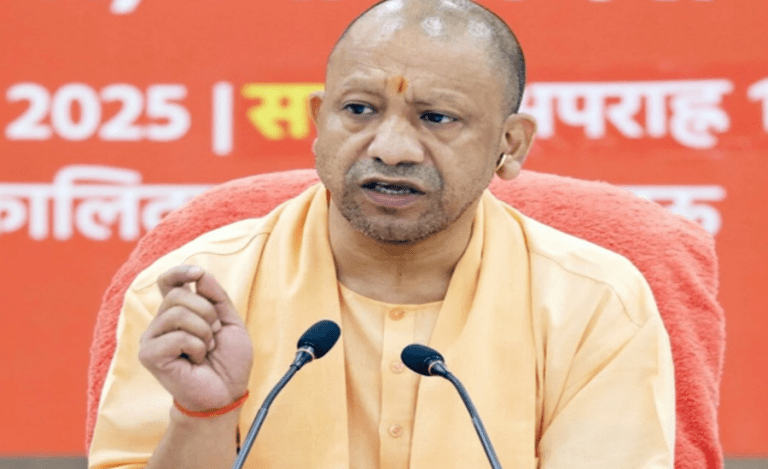New Delhi: In a powerful display of international scientific synergy, India and the United States have jointly launched the NISAR satellite ushering in a new era of precision-driven Earth observation. Launched from Sriharikota aboard ISRO’s GSLV-F16, this mission signifies a landmark in Indo-US space collaboration and reinforces India’s growing leadership in advanced satellite systems.
Historic First for GSLV & Indo-US Space Ties
Union Minister Dr. Jitendra Singh, overseeing Science & Technology, Earth Sciences, and Space, joined top officials at the CSIR Auditorium in Delhi to witness the lift-off via live telecast. Although Parliamentary duties kept him from Sriharikota, he extended heartfelt congratulations to scientists from ISRO and NASA for the flawless launch.
Describing NISAR as a “global benchmark in scientific collaboration,” Dr. Singh said, “This satellite is not just a marvel of technology, it’s a symbol of India’s scientific handshake with the world.” Notably, this is the first time ISRO’s GSLV has successfully placed a satellite into a Sun-synchronous Polar Orbit, marking its 18th flight and 12th with an indigenous cryogenic stage.
Unmatched Imaging Capabilities for Earth Monitoring
NISAR (NASA-ISRO Synthetic Aperture Radar) is the first Earth observation satellite in the world to carry dual-frequency radars (L-band by NASA and S-band by ISRO) on a single platform. Weighing 2,393 kg, the satellite has been inserted into a 747-km Sun-synchronous orbit and is designed for a five-year mission.
It will capture high-resolution, day-and-night, all-weather imagery of Earth’s land and ice surfaces. With revisit capabilities every 12 days, NISAR will generate a consistent, global stream of critical geospatial data.
Transformational Applications Across Sectors
While NISAR’s role in agriculture, disaster management, glacier monitoring, and climate science is well-recognized, Dr. Singh stressed that the satellite’s influence will extend far wider. “NISAR marks a striking shift in how we approach aviation safety, maritime navigation, coastal protection, and urban infrastructure,” he said.
The data will power smarter decisions across shipping routes, air traffic control, and national infrastructure planning, aligning with India’s vision of technology-backed governance.
Also Read: Operation Sindoor Spurs India’s 52-Satellite Space Shield by 2029 – Read More
Empowering Global Science Through Open Data
The mission’s open-access data policy stands out as a bold commitment to global scientific advancement. The satellite will support not only researchers and disaster-response agencies, but also developing countries seeking reliable Earth observation data for sustainable planning.
Dr. Singh noted that NISAR will be a “backbone for climate science, forest mapping, resource tracking, and seismic monitoring.” Its contributions are expected to significantly advance understanding of Earth systems, particularly in the context of climate change.
Joint Technological Triumph
Built on ISRO’s I-3K satellite bus, NISAR epitomizes the deep-rooted collaboration between NASA and ISRO. NASA provided critical components including the L-band radar, high-speed telecom systems, GPS receiver, and a massive 12-meter deployable antenna. ISRO delivered the S-band radar, the satellite bus, launch vehicle, and all related systems and services.
Jointly funded at over $1.5 billion, the mission reflects mutual trust and the shared ambition of both nations to advance global sustainability and resilience through science.
India’s Space Vision: From Utility to Global Knowledge
Dr. Singh concluded by framing NISAR within India’s evolving space journey under Prime Minister Narendra Modi’s leadership. “From Chandrayaan to NISAR, India’s space missions are no longer limited to utility they are launching platforms for global science and shared progress,” he said.
With its unmatched observational capabilities, NISAR is poised to become a cornerstone of the global climate and disaster resilience infrastructure, driven by India’s growing stature in space innovation.
Also Read: Gujarat Emerges as India’s Next Space Hub with ₹10,000 Crore ISRO Spaceport Project



























